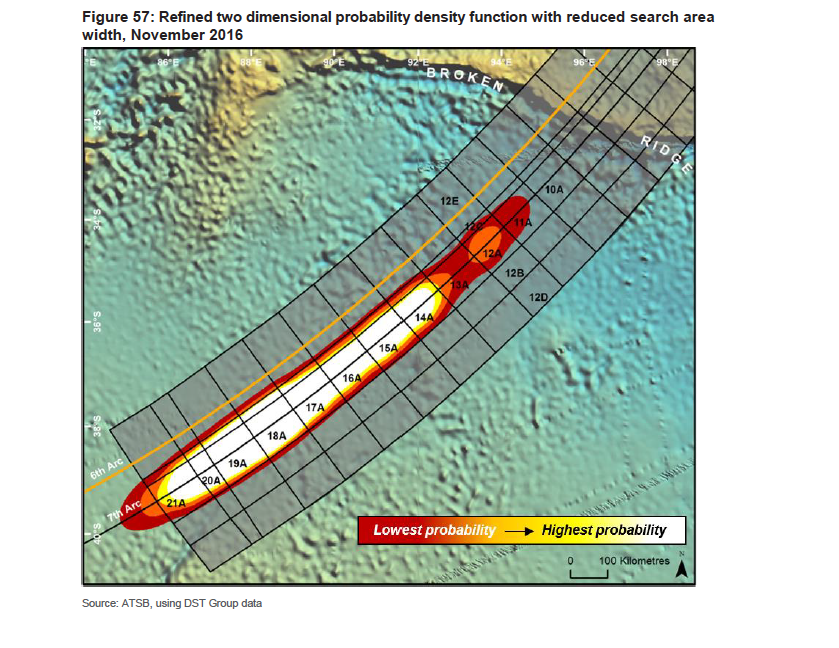To watch Deep Dive MH370 on YouTube, click the image above. To listen to the audio version on Apple Music, Spotify, or Amazon Music, click here.
For a concise, easy-to-read overview of the material in this podcast I recommend my 2019 book The Taking of MH370, available on Amazon.
In the months after the disappearance of MH370, Malaysian police searched for any clues that might suggest that the plane’s captain, Zaharie Ahmad Shah, was the culprit. This would have been the simplest explanation for why the Boeing 777 suddenly went electronically dark and pulled a U-turn forty minutes into its flight, and scarcely a minute after Shah’s voice was heard over the radio calmly telling air traffic controllers “Good night, Malaysia 370.” But to their chagrin, the evidence was slim. Zaharie had left no note. His family and friends had noticed no sign of mental disturbance. There was no evidence of political or religious extremism or of marital discord. He was under no financial pressure. He just didn’t fit the profile of someone who would kill hundreds of innocent people and take his own life in the process.
The police did find, however, a single piece of evidence pointing at Shah. In his home they found a hard drive that contained a flight simulation program as well as data points created when he saved simulated flights. Six data points recorded on February 2, 2014, were of particular interest. It looked like they came from a single 777 flight that took off from Kuala Lumpur International Airport, went up the Malacca Strait, passed the tip of Sumatra, then turned south and wound up with zero fuel over the remote southern Indian Ocean. This route so uncannily resembled the flight path deduced from MH370’s radar track and then satcom symbols that it was taken by many as smoking-gun evidence that Shah had practiced absconding with the plane. Some even believe that the flight-sim files could offer clues as to where to find the plane. (Indeed, the discovery of the flight sim files was one of the reasons that the authorities shifted the surface search area in mid-April 2014.)
The final two save points deserve special attention. They are located just 2 nautical miles apart in the far southern Indian Ocean. In both data files the plane has zero fuel and zero engine thrust. In the first, the plane is at 37,651 feet and flying at approximately 198 knots indicated airspeed, which is close to the speed recommended in the 777 Flight Crew Operating Manual in the event a plane loses both engines. In the second, the plane is flying much the same way but the altitude has manually adjusted to 4000 feet. In both cases the plane is actually in a climb. The fact that the plane is gaining altitude in both cases is consistent with a pilot who is hand-flying the airplane and so unable to prevent temporary departures from ideal speed and glideslope. In other words, as the plane gets going too fast he pulls the nose up, and if it starts going too slow he puts the nose down. It’s difficult and requires constant attention–the kind of thing that’s fun for a little while as recreation and dreadful if you have to do it for a long time as part of your job.
So, then, the heart of the matter: what was Shah trying to experience at the two final save points?
Continue reading Deep Dive MH370 #23: The Flight Simulator